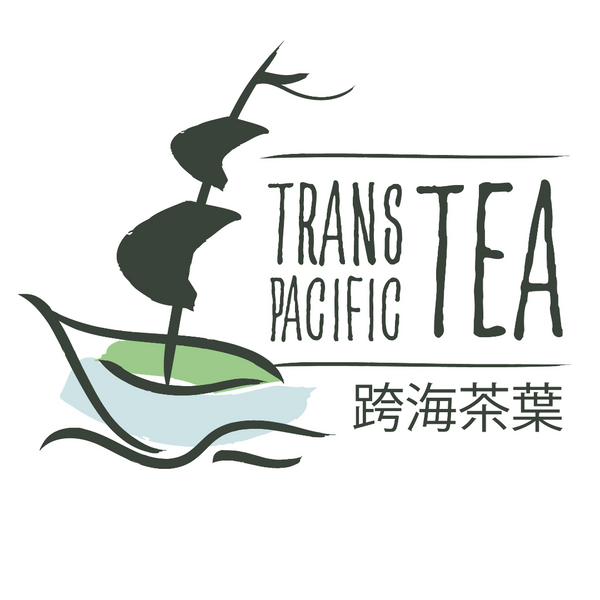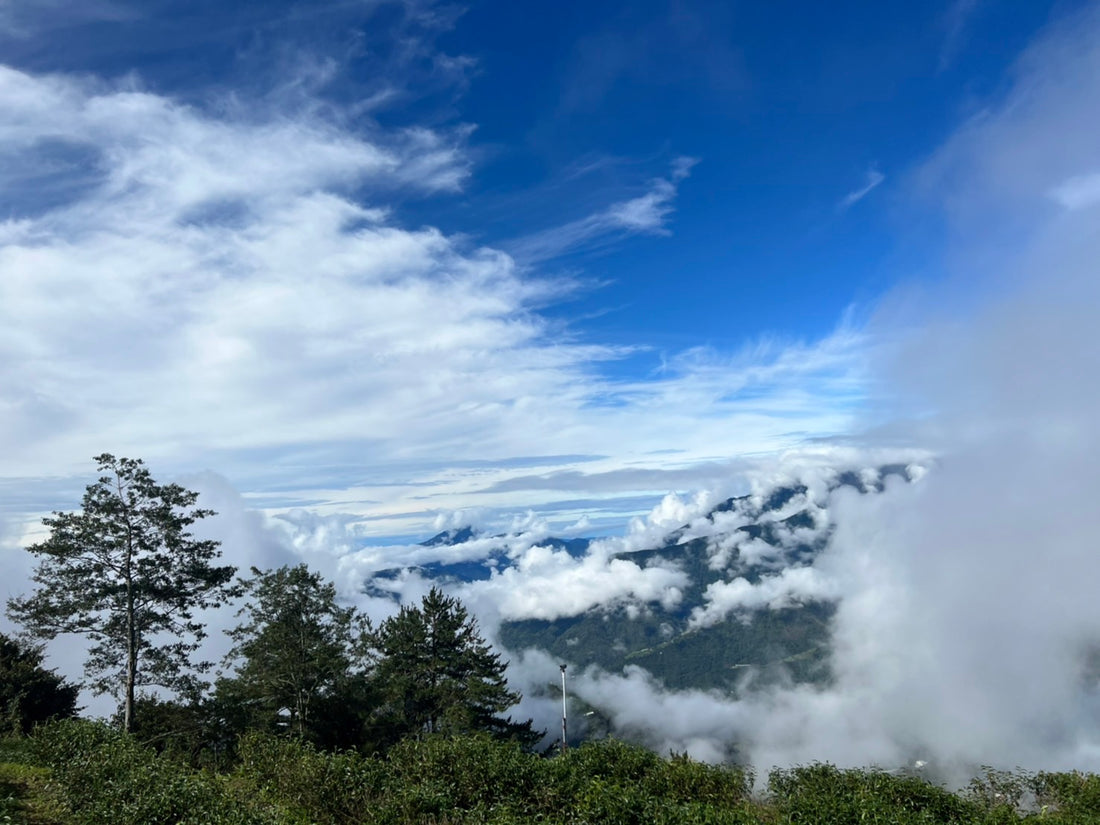Common Misconceptions on Taiwanese tea
Lots of people think dayuling and lishan are the kings of oolongs, but they are actually misled. Huagang water source produces oolong at 2600m, which is the highest altitude tea you can get in Taiwan. There is no other tea grown at a higher altitude than huagang water source, giving it complexity like no other.
About the Tea Farm
This tea plantation is nestled in the heart of a pristine forest in the deep mountains, with an average annual temperature of approximately 15 degrees Celsius. In such a cold and harsh environment, the growth rate of tea plants is extraordinarily slow. This slow growth results in the anticipation of 95 to 105 days from the emergence of tender buds to the time they are ready for harvest.
During this nurturing period, the tea leaves absorb the most precious and pure morning dew from the moment the tea trees face the morning. As the day progresses, the tea leaves absorb the rich phytoncides emitted by the pine and cypress trees in the original forest, as well as the mist created by the mountain terrain in the afternoon. After nightfall, the tea leaves begin to absorb the soil's trace elements.
Throughout the year, day and night, the tea plants continuously absorb the blessings bestowed by nature, resulting in robust and large tea leaves, delicate water quality, and a unique aroma and flavor in the tea.


Huagang Oolong Post Harvest Processing
Step 1: Hand-picking High Mountain Oolong Tea Leaves
Our tea plantation is located at an altitude of over 2,580 meters, resulting in slow growth due to the high-altitude environment. Therefore, we primarily hand-pick one bud and three leaves since the third leaf is extremely tender.
Step 2: Sun Withering for High Mountain Oolong Tea
Because of the high altitude, the sunlight contains stronger ultraviolet rays. Sun withering helps remove moisture, eliminate impurities, and even out the flavor of the tea leaves.
Step 3: Indoor Withering and Rolling for High Mountain Oolong Tea
To maintain the unique mountain aroma of this tea, we use a method with approximately 20% light fermentation. Therefore, precise temperature and humidity control and the degree of leaf activity fermentation are crucial for our tea craftsmen, different from the higher-fermentation method used for other teas.
Step 4: Rolling and Resting for High Mountain Oolong Tea
The tea leaves are healthy and thick due to the excellent geographical environment. Therefore, the rolling machine can turn 16 to 20 times to allow the tea leaves to rub against each other in the rolling drum without damaging them. After the rolling step, the tea leaves are placed in bamboo sieves for resting and further fermentation.
Step 5: Fixation and Roasting for High Mountain Oolong Tea
When the tea leaves ferment to the desired aroma level, they are roasted in a drum roasting machine at 300 to 330 degrees to halt further fermentation and preserve the desired aroma and flavor.
Step 6: Rolling and Twisting for High Mountain Oolong Tea
After fixation, a rolling and twisting machine is used to press the juice out of the middle of the leaves, allowing it to adhere to the surface of the tea leaves. This enhances the flavor of the tea infusion and removes bitter and astringent components.
Step 7: Initial Drying and Resting for High Mountain Oolong Tea
A drying machine is used for the initial drying process to evaporate some of the moisture from the tea leaves. After this, the tea leaves rest for 3 to 6 hours, making them suitable for the next rolling and shaping step.
Step 8: Rolling and Shaping for High Mountain Oolong Tea
After several cycles of rolling and twisting, the tea leaves release moisture and gradually form a unique appearance and flavor.
Step 9: Final Drying for High Mountain Oolong Tea
The tea leaves go through a final drying process in a drying machine. The speed, temperature, rotation, and thickness of tea leaf layers in the machine are crucial for proper moisture removal. The machine typically runs four times, and the tea leaves are considered standard when their moisture content is below 3-4%, ensuring stable tea quality and easy storage.
Step 10: Packaging the Finished Product of Hualien Mountain Spring High Mountain Oolong Tea


